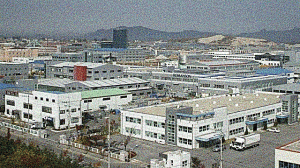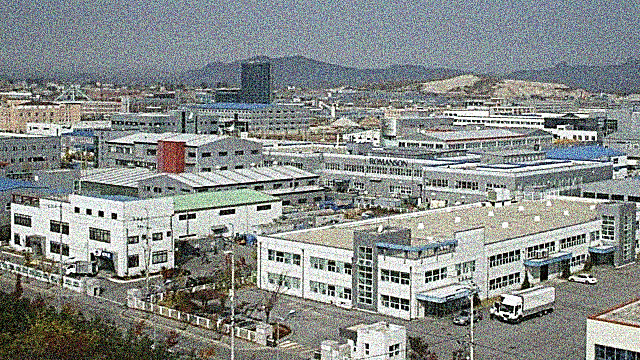 North Korea’s bellicose rhetoric of late has certainly set the international community on edge—and nowhere more so than in the U.S. and South Korea, the primary targets of such threats.
North Korea’s bellicose rhetoric of late has certainly set the international community on edge—and nowhere more so than in the U.S. and South Korea, the primary targets of such threats.
Coming after a long-range missile test in December and an underground nuclear test in February which drew international condemnation and provoked a new round of tough sanctions from the U.N., North Korea’s escalating provocations have been toeing a very delicate line between theatre and reality.
Since the U.N.’s February sanctions—which largely targeted North Korea’s elite by further restricting luxury imports—North Korea has been particularly busy in provoking the international community: it has threatened the U.S. with a preemptive nuclear strike, nullified the 1953 Korean armistice, allegedly launched cyberattacks against South Korea, announced plans to restart its Yongbyon nuclear reactor, severed all of its communication lines with South Korea, and rather overtly moved mid-range missiles to its Eastern coast.
Of particular concern, North Korea—after turning away South Korean workers from the jointly-run Kaesong Industrial Complex only a few days before—has most recently announced that it is withdrawing its some 53,000 workers from the complex and will consider shutting down the operation entirely.
The Kaesong complex, a manufacturing zone just north of the Demilitarized Zone between North and South Korea, has been run jointly by both North and South Koreans since 2004. It provides the North with an estimated $90 million each year—from workers’ wages—which Pyongyang collects and instead pays workers with local money. Even though the state reaps most of the benefits of the complex, Kaesong still provides a vital source of income for impoverished North Korean workers: at least one in six of the inhabitants of the nearby city Kaesong work at the complex and depend upon such steady income. Kaesong is a boon for South Korea as well, since North Korean factory workers there earn “less than one-tenth” of the wage of average South Korean factory workers.
The stability of the Kaesong operation is considered to be a bellwether for the state of affairs between North and South Korea: as of now, it is something of a last remaining symbol of North and South Korean cooperation. North Korea’s current withdrawal is only a temporary suspension on the complex—something that has happened in the past when North and South Korean tensions have run high.
It would be an unprecedented move, however, if North Korea acts on its threats to permanently close the facility. And Kaesong’s closing would not only harm workers from both the North and South: it would signal, according to the Wall Street Journal, “a heightened risk of conflict since it’s a step North Korea has never taken before” to South Korea and its allies.
Leslie Garvey is a contributor to Foreign Policy in Focus and Focal Points.

